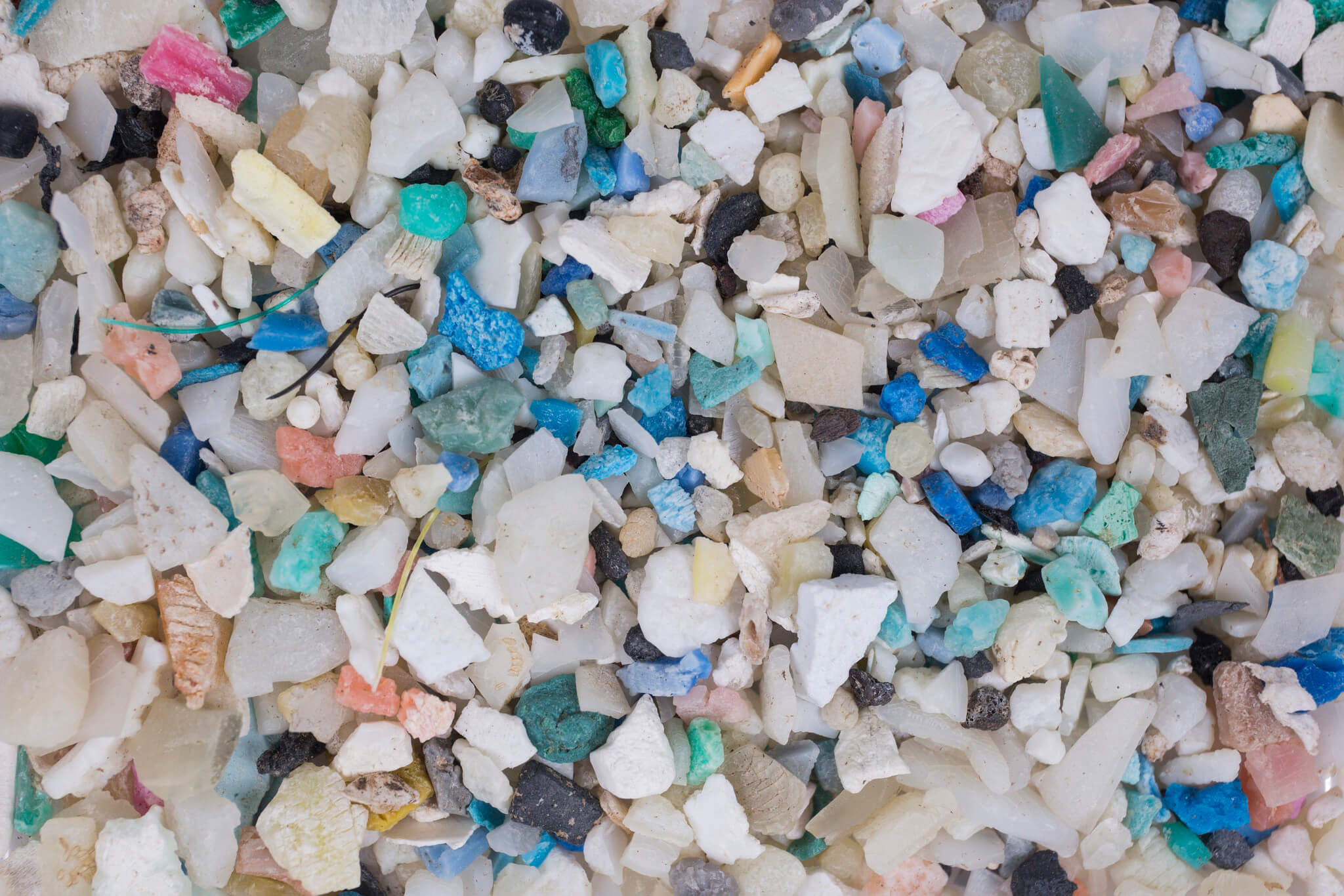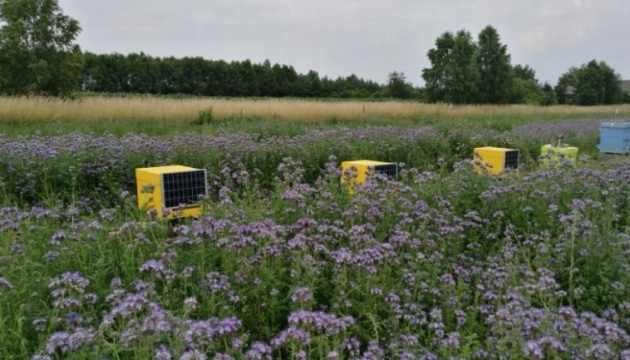European molecular biologists have proven that microbes such as Rhodococcus ruber can decompose polyethylene and use the resulting hydrocarbon molecules in their vital activities. The study was published in the journal Marine Pollution Bulletin. The press service of the Royal Netherlands Naval Research Institute (NIOZ) announced the results on Monday.
“For the first time, we have practically succeeded in demonstrating that microbes can digest plastic and break it down into carbon dioxide and other molecules. In the past, our colleagues had already shown that these bacteria can accelerate the degradation of plastic, but we proved for the first time that these creatures use polymer decomposition products in their vital activities.”– stated NIOZ researcher Maike Gaudrian, whose words were quoted by the press service of the institute.
The massive accumulation of plastic waste in nature and in landfills is forcing scientists to look for both chemical and biological ways of using it. For example, European biologists recently discovered that wax moth caterpillars can eat and digest various forms of polyethylene, and their Japanese colleagues discovered microbes that can break down Mylar, the most popular material for the manufacture of bottles and other plastic containers.
For several years, Gaudrian and his colleagues have been investigating how marine microbes of Rhodococcus ruber species interact with plastic, which can form films on the surface of microparticles of polyethylene and other man-made polymer materials floating on the ocean floor. These films accelerate the degradation of plastic, as oceanographers have recently discovered.
Plastic food for bacteria
European molecular biologists became interested in what happens when bacterial films come into contact with microplastics. To get an answer to this question, the researchers prepared polyethylene particles containing many heavy carbon-13 atoms. The scientists used their atoms to monitor whether the decaying plastic was getting into microbes and consuming polyethylene decomposition products in their life activities.
To simulate their prolonged stay in water, the researchers placed similar particles of polyethylene treated with ultraviolet light in a container containing Rhodococcus ruber colonies and watched how the carbon-13 concentration in the microbes and their waste products would change. Subsequent observations showed that carbon-13 is present both in CO2 molecules produced by microbes and in various components of cell membranes.
As the scientists explain, this suggests that Rhodococcus ruber actively decomposes plastic and uses its components in its vital activities. According to current estimates of scientists, these microbes can destroy 1.2% of the total mass of polyethylene that enters the world’s oceans each year, if environmental conditions are right.
According to Gaudrian and his colleagues, in the near future, scientists plan to monitor the decomposition of plastic by colonies of Rhodococcus ruber under natural conditions. This is crucial for scientists to understand in order to assess how much plastic has managed to destroy ocean bacteria since the middle of the last century, when humanity began to actively flood nature with large volumes of plastic waste.













